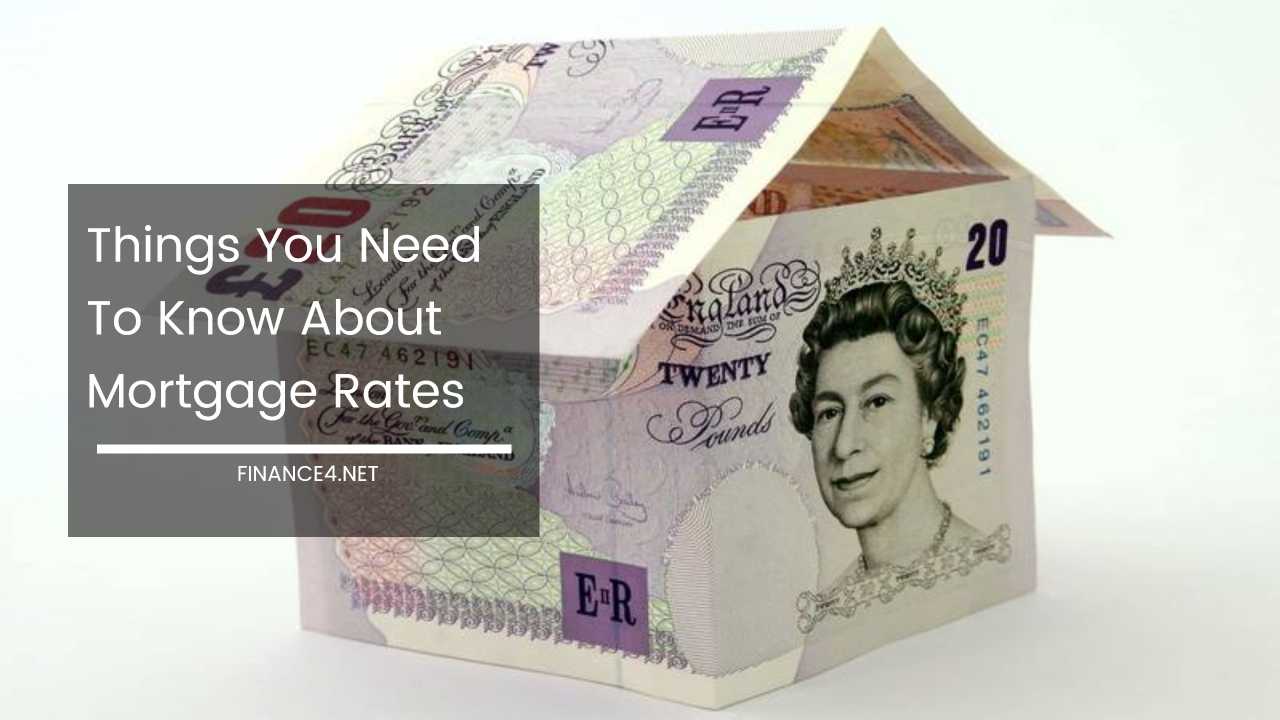Things You Need to Know About Mortgage Rates

Understanding Mortgage Rates: A Comprehensive Guide
Navigating the realm of mortgages can be a daunting task, especially when faced with the myriad of factors that influence mortgage rates.
Whether you’re a first-time homebuyer or a seasoned homeowner looking to refinance, understanding mortgage rates is crucial for making informed financial decisions.
In this comprehensive guide, we’ll delve into the intricacies of mortgage rates, exploring how they are determined, their impact on your finances, and the different types of mortgage rates available in the market.
Factors Influencing Mortgage Rates:
Several factors contribute to the determination of mortgage rates, shaping the terms and conditions of your loan. These factors include:
- Income and Financial Stability:
- Lenders assess your income and financial stability to gauge your ability to repay the mortgage loan.
- A steady income and strong financial profile can qualify you for lower interest rates, as it demonstrates lower risk to lenders.
- Conversely, a fluctuating income or unstable financial situation may result in higher interest rates or loan rejection.
- Credit Score:
- Your credit score plays a significant role in determining the interest rate you qualify for.
- Lenders use credit scores to evaluate your creditworthiness and assess the risk of lending to you.
- A higher credit score typically translates to lower interest rates, while a lower credit score may result in higher rates or loan denial.
- Loan-to-Value Ratio (LTV):
- The loan-to-value ratio is the ratio of the mortgage loan amount to the appraised value of the property.
- Lenders consider the LTV ratio when determining mortgage rates, with lower ratios often leading to better rates.
- A lower LTV ratio indicates less risk for lenders, as there is more equity in the property to serve as collateral.
- Economic Factors:
- Mortgage rates are influenced by broader economic factors, including inflation, economic growth, and monetary policy.
- Changes in economic indicators, such as the Federal Reserve’s interest rate decisions, can impact mortgage rates.
- Economic uncertainty or instability may lead to fluctuations in mortgage rates, affecting borrowers’ borrowing costs.
Types of Mortgage Rates:
When exploring mortgage options, borrowers have the choice between different types of mortgage rates, each with its advantages and considerations. The most common types of mortgage rates include:
- Fixed-Rate Mortgage:
- A fixed-rate mortgage offers a stable interest rate for the entire term of the loan.
- Borrowers benefit from predictable monthly payments, as the interest rate remains constant.
- Fixed-rate mortgages are ideal for borrowers seeking long-term financial stability and protection against interest rate fluctuations.
- Adjustable-Rate Mortgage (ARM):
- An adjustable-rate mortgage features an interest rate that fluctuates periodically based on market conditions.
- Initial interest rates are typically lower than fixed-rate mortgages, making ARMs attractive to some borrowers.
- However, ARMs carry the risk of future rate adjustments, which can lead to higher monthly payments and increased borrowing costs over time.
- Hybrid ARMs:
- Hybrid ARMs combine features of both fixed-rate and adjustable-rate mortgages.
- These mortgages typically have an initial fixed-rate period followed by a period where the rate adjusts periodically.
- Hybrid ARMs offer an intermediate option for borrowers who want initial rate stability before potentially transitioning to a variable rate.
- Interest-Only Mortgage:
- Interest-only mortgages allow borrowers to pay only the interest on the loan for a specified period, typically the first few years.
- While this option offers lower initial payments, borrowers must eventually repay the principal or face significantly higher payments later on.
- Interest-only mortgages are suited for borrowers who anticipate increased income or plan to sell the property before the principal repayment period begins.
Understanding Mortgage Rates in Practice:
To illustrate the practical implications of mortgage rates, let’s consider a hypothetical scenario:
Sarah is considering purchasing her first home and has been pre-approved for a mortgage loan. She’s comparing different mortgage rates and terms to determine the most suitable option for her financial situation.
- Fixed-Rate Mortgage:
- Sarah opts for a 30-year fixed-rate mortgage with a 4% interest rate.
- With a fixed-rate mortgage, Sarah knows her monthly payments will remain consistent throughout the loan term, providing financial stability and predictability.
- Adjustable-Rate Mortgage (ARM):
- Alternatively, Sarah considers a 5/1 ARM with an initial interest rate of 3%.
- While the initial rate is lower than that of a fixed-rate mortgage, Sarah is wary of potential rate increases after the initial fixed-rate period ends.
- Hybrid ARM:
- Sarah explores a hybrid ARM with a 7-year fixed-rate period followed by annual adjustments.
- This option offers a compromise between the stability of a fixed-rate mortgage and the potential savings of an ARM, providing initial rate certainty before potential adjustments.
Final Remarks:
In conclusion, understanding mortgage rates is essential for anyone navigating the mortgage lending process. By considering factors such as income, credit score, loan-to-value ratio, and economic conditions, borrowers can assess their eligibility and qualify for favorable rates.
Additionally, choosing the right type of mortgage rate, whether fixed or adjustable, requires careful consideration of individual financial goals and risk tolerance.
By educating themselves about mortgage rates and exploring available options, borrowers can make informed decisions that align with their long-term financial objectives.
Remember to consult with mortgage professionals and lenders to explore your options and secure the best mortgage rates available.



